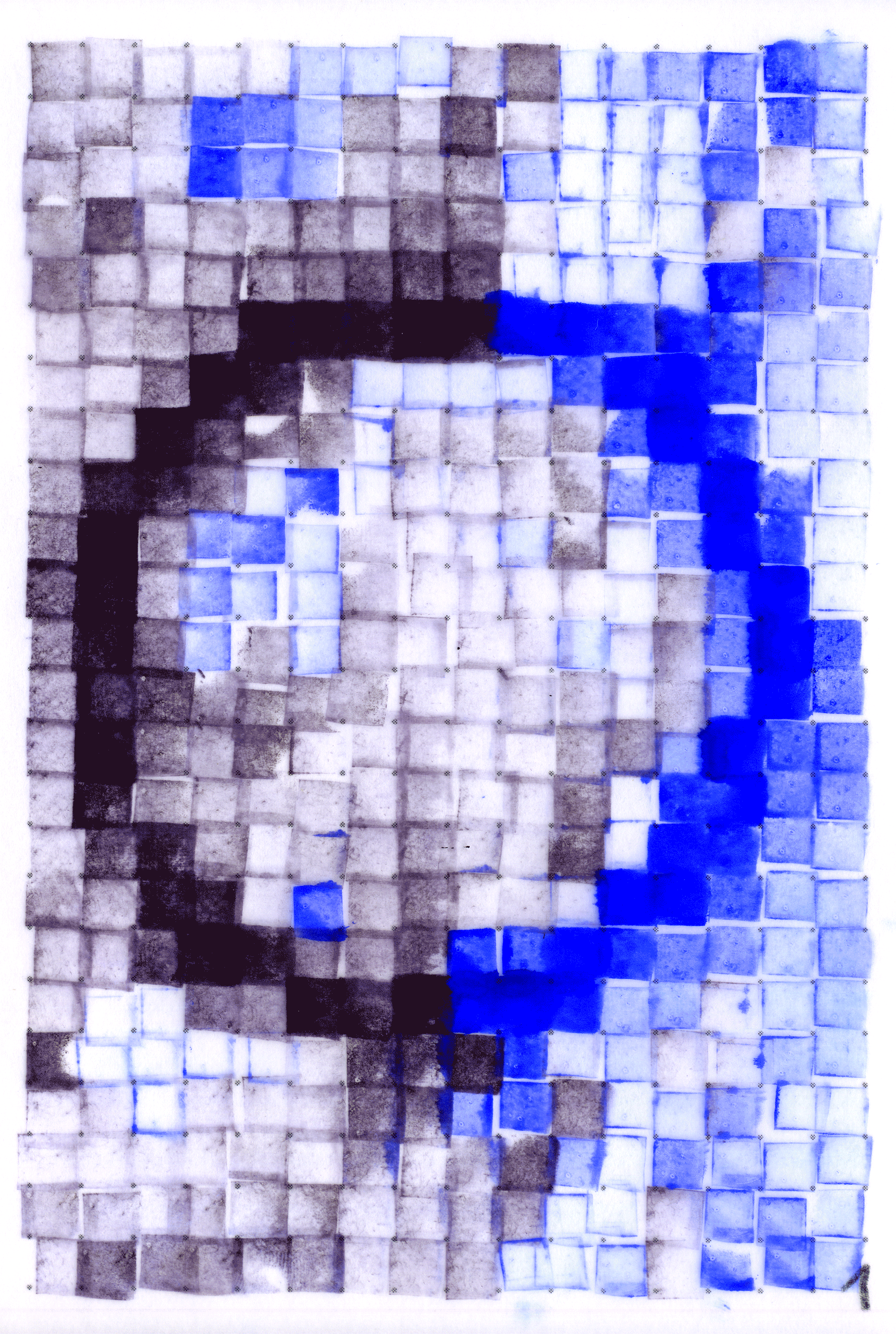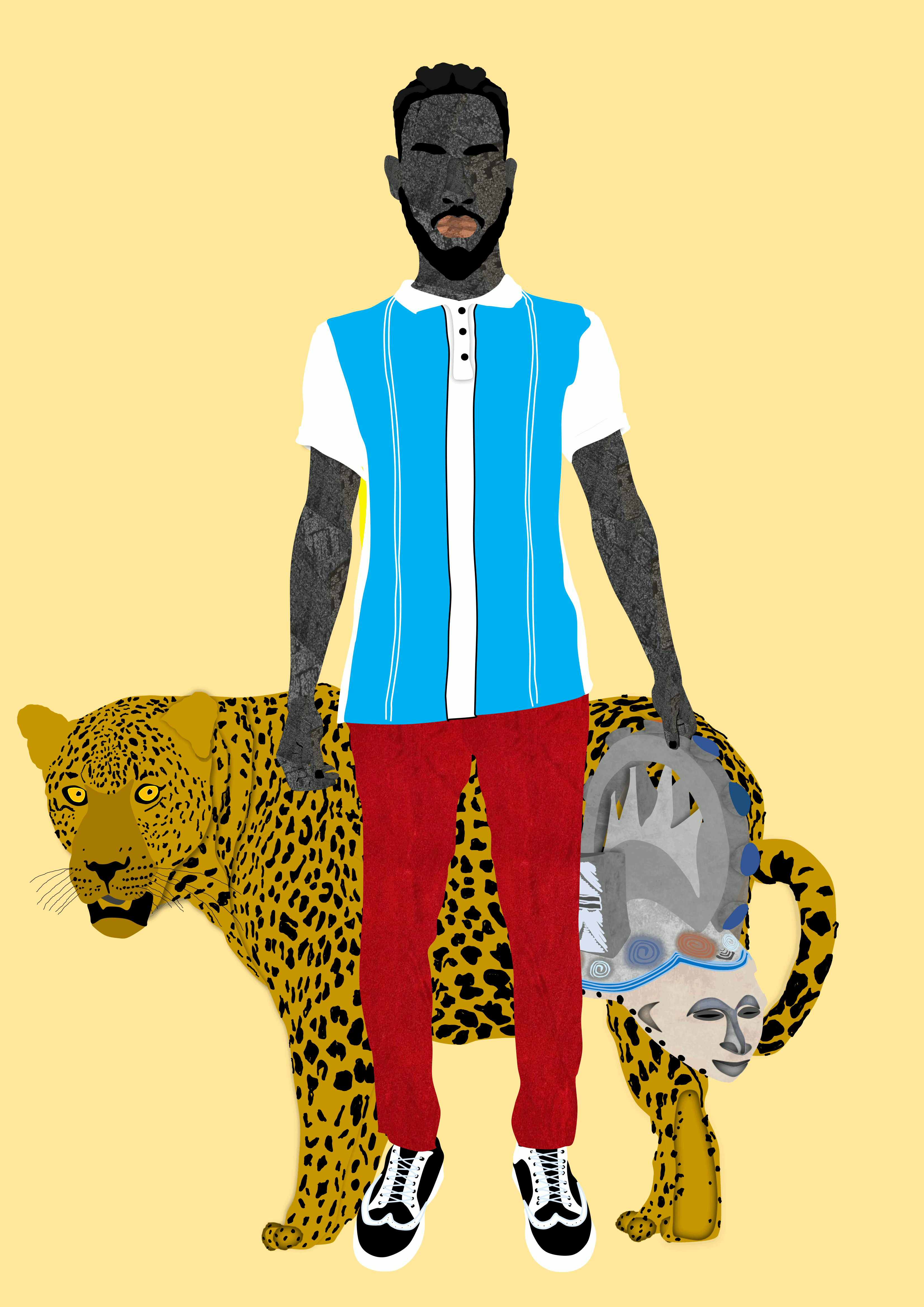
By Clara Peh, Art Lead @ Appetite Singapore
Zooming in and out of an animated cyber imagination, Miss Al Simpson’s Cybaroque Borghese takes us into the year 2080, when the AI simulation for Villa Borghese in Rome, Italy, has become one of the world’s most popular virtual programs. Miss Al Simpson imagines one of the players to be a young girl, equally enthralled by the exquisite beauty that is Canova’s Paolina Borghese as Venus Victorious (1859) sculpture, as she was when she was a young adult. The girl logs onto the program and finds herself instantly transported into the sweltering heat that is Rome in the summer. The Villa, its gardens and the entirety of its collection, have taken on a second life within the computer program, where they now live untainted by the ruins of time. The girl steps into the digital frame decorated with graffiti. She has the gardens all to herself.
Cybaroque Borghese, Miss Al Simpson

Paolina Borghese as Venus Victorious, Canova (1859)
Cybaroque Borghese speaks to the relationship that crypto art often shares with canonical art history. The piece has one foot in the traditional art world, looking back at the 19th century and the neoclassical era, and the other in the nearing future, as technological innovations continue to evolve and alter our ways of living. Cybaroque Borghese is one of the nine pieces offered in Bonham’s upcoming auction, “CryptOGs: The Pioneers of NFT Art”, held in collaboration with SuperRare. The nine artists participating in the auction represent some of the earliest artists to adopt the practice of minting art on the blockchain and contribute significantly to the growth and flourishment of crypto art.
Across the nine different works, some, like Cybaroque Borghese, appropriate and reinvent historical artworks, some speak to the experimentations and innovations made possible by digital processes, while others highlight the intimacy that can be shared between the digital and physical art world. As participating artist Sarah Zucker puts it, “As a movement, crypto art has a unity of spirit, but not a unity of style. The adoption of NFTs was, for me, a means of creating editions for my long-standing screen-based art practice, But I have become immersed in crypto culture, and see great value in it. My works definitely reflect the interconnectedness of the crypto space.”
As a movement, crypto art has a unity of spirit, but not a unity of style
SARAH ZUCKER
Alongside Miss Al Simpson’s imagination of a virtual future, Alotta Money is another artist whose piece builds upon a historical artwork, giving it new relevance in contemporary culture. Pauline at the Mall presents a humorous take on Ingres’ Joséphine-Élénore-Marie-Pauline de Galard de Brassac de Béarn (1825 – 1860), Princess de Broglie, placing Pauline inside of a modern-day shopping mall. Adorned with a credit card chip on her neck, clutching onto her “Goocchi” shopping bags and standing against a background of the artist’s previous artworks and metaverse buildings, Pauline looks as though she is right at home in this dystopian portrayal of our current economy. “On this unending escalator of consumerism, Pauline has all she needs,” says Alotta Money, “so the vampires of marketing manipulate her to believe she has lost her youth, all so they can sell her stocks of blood to reinvigorate her youth.” Withdrawn from the tragic fate that befell the young Princess de Broglie, Pauline at the Mall focuses on the visual signifiers within the portrait that are universally identifiable, repurposing the portrait for Alotta Money’s contemporary audience.
Pauline at the Mall, Alotta Money

Joséphine-Éléonore-Marie-Pauline de Galard de Brassac de Béarn (1825–1860), Princesse de Broglie, Jean Auguste Dominique Ingres
The use of postmodernist appropriation is similarly found in Coldie’s Proof of Work – Genesis, which draws parallels between the 19th century Gold Rush which took place in the artist’s hometown in California, and the booming industry of crypto mining. Coldie takes McClure’s A Forty-niner Peers into the Slit of California’s America River (1850), the representative image of the Gold Rush, and positions the figure in the act of mining cryptocurrencies, inserting symbols and iconographies identifiable to any crypto natives. The artist is well-known for his use of stereoscopic imaging – creating depth through layering in his digital collages. Subtle but wittily executed, Proof of Work – Genesis asks poignant questions about the cultures and economic realities that surrounded the Gold Rush and the current state of cryptocurrencies.
Proof of Work – Genesis, Coldie

A Forty-niner Peers into the Slit of California’s America River, L. C. McClure (1850)
The self-referential nature of Proof of Work – Genesis is shared by XCOPY’s The Death of Cash (Sorry Anon). The work not only articulates the artist’s attitude towards the rise of digital currencies, but also references online interactions across Twitter or relevant forums, a key platform for social discourse and information exchange within the crypto community.

Janne’s uNtitlEd builds upon crypto culture and brings us into the virtual worldbuilding exercise of the metaverse, where the artist speculates on how the new digital world can touch real world emotions and have tangible effects. Using a style that the artist describes to be fictional realism, Janne takes photographs and found images to create collages that capture a sense of mystery and enigma. Akin to the uncanny emptiness that Giorgio de Chirico’s paintings portray, Janne’s digital collages invite us to question the psychological significance of inhabiting the metaverse. The artist extends an arm and invites us to follow them along this journey, venturing into the digital unknown.
uNtitlEd, Janne
As Janne fuses fragments of the physical and digital world together, Sarah Zucker, Mattia Cuttini and Matt Kane’s practices bring together creative tools and techniques of the two different dimensions. These artists are particularly interested in digital mediums and methods, presenting artworks that bridge between the analog and digital worlds.
Sarah Zucker’s practice makes use of both cutting-edge and obsolete technologies, mixing analog video feedback with digital video, minted on the blockchain. Originally captured in 2018, Space Loaf portrays a nostalgia for the early days of videography, placing the artist’s beloved cat in a glitchy suspended cosmos, as the cat curiously surveys her curious surroundings. Zucker’s playful video work is immediately relatable to an audience that has grown up around rapidly developing technologies and reflects her longstanding investigation of the digital medium.
In resonance to Zucker’s work across analog and digital mediums, Mattia Cuttini’s practice centers around the idea of how one thing changes into another, including how the physical can merge with the digital. Spinning Circle is an animated rubber stamped artwork created entirely by the artist, down to the rubber stamps and the manual process of stamping each individual block of colour, to the physical work’s digital transformation and animation. Although the work originates from the physical, the artist says, “the digital is the only real artwork, and the physical fragments are still frames to the animation. The physical pieces are like tools to create the final digital work.”

In a similar vein to Zucker and Cuttini’s fusion of the digital and the physical, Matt Kane draws from his experiences as an exhibiting painter to create intricate and layered patterns in M87 Black Hole Deconstruction #9. Kane is known for building custom software to create his signature vector digital art. He first conceived the idea of writing his own algorithms in 2005 and self-learnt programming skills to achieve this goal. Kane shares, “This desire to build my own software arose out of a promise I made myself when I was 19 – if I were ever to become a digital artist, I’d create my own software, the same way some painters grind their own pigments or stretch their own canvases.” In the creation of this artwork, the artist used an object tracking algorithm to follow a bright red sticker that was stuck on his forehead, while a camera captured the artist as he mediated through the tragic loss of a friend. Recording his movements and expressions as data, the artwork can be seen as a self-portrait, processed through the custom software that lies at the heart of his practice. Kane’s M87 Black Hole Deconstruction #9 builds upon the artist’s painterly expertise, while challenging the misconception that digital paintings may be impersonal or devoid of the artist’s hand.
Osinachi’s In Touch similarly offers a glimpse into the personal experiences of the artist, as the work pays tribute to the artist’s Igbo heritage. Osinachi says, “my work looks at personal experiences within a technological environment. I try to make sense of the experiences I have had growing up, as a Nigerian, as an African, and confront the challenges I see around me.” Reflecting upon his roots, Osinachi presents a contemporary man against the leopard, a highly respected symbol in Igbo culture and a representation of the challenges Igbos face in preserving their heritage, as understandings behind the Igbo word for leopards, Agu, are frequently thought to refer to lions, a confusion Osinachi believes arose from a difficult history of being colonized. Imprinting his culture and identity onto his artworks, Osinachi’s paintings elegantly demonstrate digital art’s capability of conveying emotional sophistication and honest storytelling, prompting collectors new to the world of digital art to take a closer look.

Despite the diversity of style and themes presented by the nine different works in “CryptOGs”, all of them demonstrate the evolving maturity of digital art and NFTs today, from artists who have been plugged into the crypto art conversation since its earlier days. While many of these works originate from and reference the crypto art community closely, they are also reflective of an important milestone in contemporary art histories, as methods and ways of making art continue to become more integrated with emerging technologies. From Miss Al Simpson’s virtual imagination of the Villa Borghese to Zucker’s merging of her IRL (in-real-life) cat with rainbow transmission waves, these artworks point to the continual flattening of the physical and digital worlds. “CryptOGs” is not only a celebration of pioneers within the NFT realm, but also an incisive look into the digital condition that you and I both inherit today, and will continue to push forward as we look into the future.
Art

Curated Conversations: ALIENQUEEN
SuperRare Labs Senior Curator An interviews ALIENQUEEN about psychedelics, death, and her journey in the NFT space.
Tech


Out of the Vault and onto the Chain: the Evolving Nature of Provenance
SuperRare editor Oli Scialdone considers the social experience of provenance and its relationship with community in the Web3 space.
Curators' Choice



Curated Conversations: ALIENQUEEN
SuperRare Labs Senior Curator An interviews ALIENQUEEN about psychedelics, death, and her journey in the NFT space.



